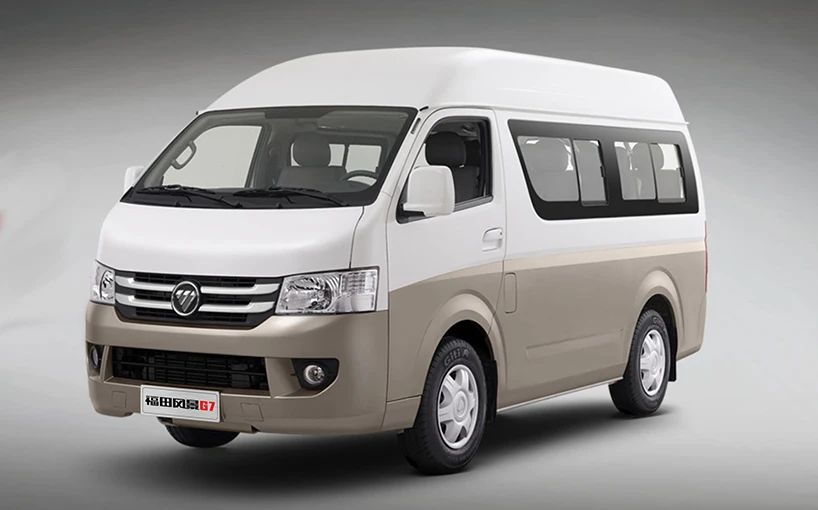sequential manual transmission
The Art of Driving a Sequential Manual Transmission
In the world of automobiles, the experience of driving can significantly differ based on the type of transmission in use. Among the various types, sequential manual transmission (SMT) stands out as a favorite among car enthusiasts and professional racers alike. This unique transmission system blends the engaging qualities of manual shifting with the speed and efficiency required on the racetrack. In this article, we will explore the distinct features of a sequential manual transmission, its advantages and disadvantages, and the driving experience it offers.
A sequential manual transmission differs from a traditional manual transmission primarily in its shifting mechanism. Instead of utilizing a standard H-pattern gearbox, a sequential transmission allows the driver to shift up and down through the gears in a linear sequence. This means that to shift from first to second gear, the driver simply pushes the gear lever forward, and to shift back down, they pull it backward. This straightforward design reduces the likelihood of mis-shifting and enables quicker gear changes, which is paramount in racing situations.
One of the most significant advantages of a sequential manual transmission is its speed. In competitive settings, every millisecond counts, and the ability to shift gears with minimal delay can mean the difference between a win and a loss. Sequential gearboxes often feature short throw levers and can be paired with paddle shifters mounted on the steering wheel, allowing for even quicker shifts without the need to remove one’s hands from the wheel. This is particularly beneficial in high-performance scenarios where maintaining control and focus on the track is crucial.
sequential manual transmission

Moreover, sequential transmissions offer a more engaging driving experience. The tactile feedback and sound of the gears engaging provide a sensory thrill that many driving enthusiasts crave. This engagement can enhance the driver's connection to the vehicle, creating a sense of control and responsiveness that is often absent in automatic systems. In fact, many drivers enjoy the challenge of mastering a sequential gearbox, as it requires precision and skill to navigate through gears effectively, especially during high-speed maneuvers.
However, this type of transmission is not without its drawbacks. One significant issue is the steep learning curve. For drivers accustomed to traditional manual or automatic transmissions, adapting to the sequential shifting style can take time and practice. The experience demands a keen understanding of the vehicle’s power band and torque characteristics to shift at optimal moments without losing speed. Additionally, the SMT can have limitations in terms of power and torque handling compared to more robust systems used in high-performance vehicles, depending on the design and materials used.
Another consideration is the driving environment. Sequential manual transmissions can be less practical for everyday driving compared to traditional automatics or even standard manuals. The lack of a clutch pedal means that the driver must constantly be engaged with the gearbox, which can be tiring in stop-and-go traffic or on lengthy commutes. As a result, many car manufacturers reserve the sequential systems for sports cars, racing vehicles, and performance-oriented models, positioning them as a product of niche engineering rather than everyday convenience.
In conclusion, sequential manual transmissions represent a fascinating intersection of technology and driver engagement. While they may not be suitable for everyone due to their unique challenges, for the avid motorsport enthusiast, the benefits far outweigh the drawbacks. The ability to shift quickly, the engaging nature of the drive, and the overall thrill of mastering the gearbox make it a compelling choice for those who seek performance and excitement in their automotive experience. As technology continues to advance, it is likely that sequential manual transmissions will evolve further, maintaining their place as a pinnacle of driving enthusiasm on the racetrack and beyond.
-
SINOTRUK HOWO 84 Electric Dump Truck for Eco-Friendly Heavy HaulingNewsJul.26,2025
-
The Fast 16-Gear Manual Transmission Assembly for Heavy TrucksNewsJul.25,2025
-
Mercedes Benz Actros 1848 42 Tractor Truck for Sale - Reliable PerformanceNewsJul.24,2025
-
High-Quality Water Pump Assembly for Sinotruk Trucks – Durable & ReliableNewsJul.23,2025
-
Premium Truck Engine Antifreeze Coolant Fluid for Heavy Duty VehiclesNewsJul.22,2025
-
FOTON View G7 Mini Bus: Affordable & Spacious TransportNewsJul.22,2025
Popular products

























